
She works at the intersection of biography and history, focusing on post-plantation economies by engaging with a particular landscape on Barbados.
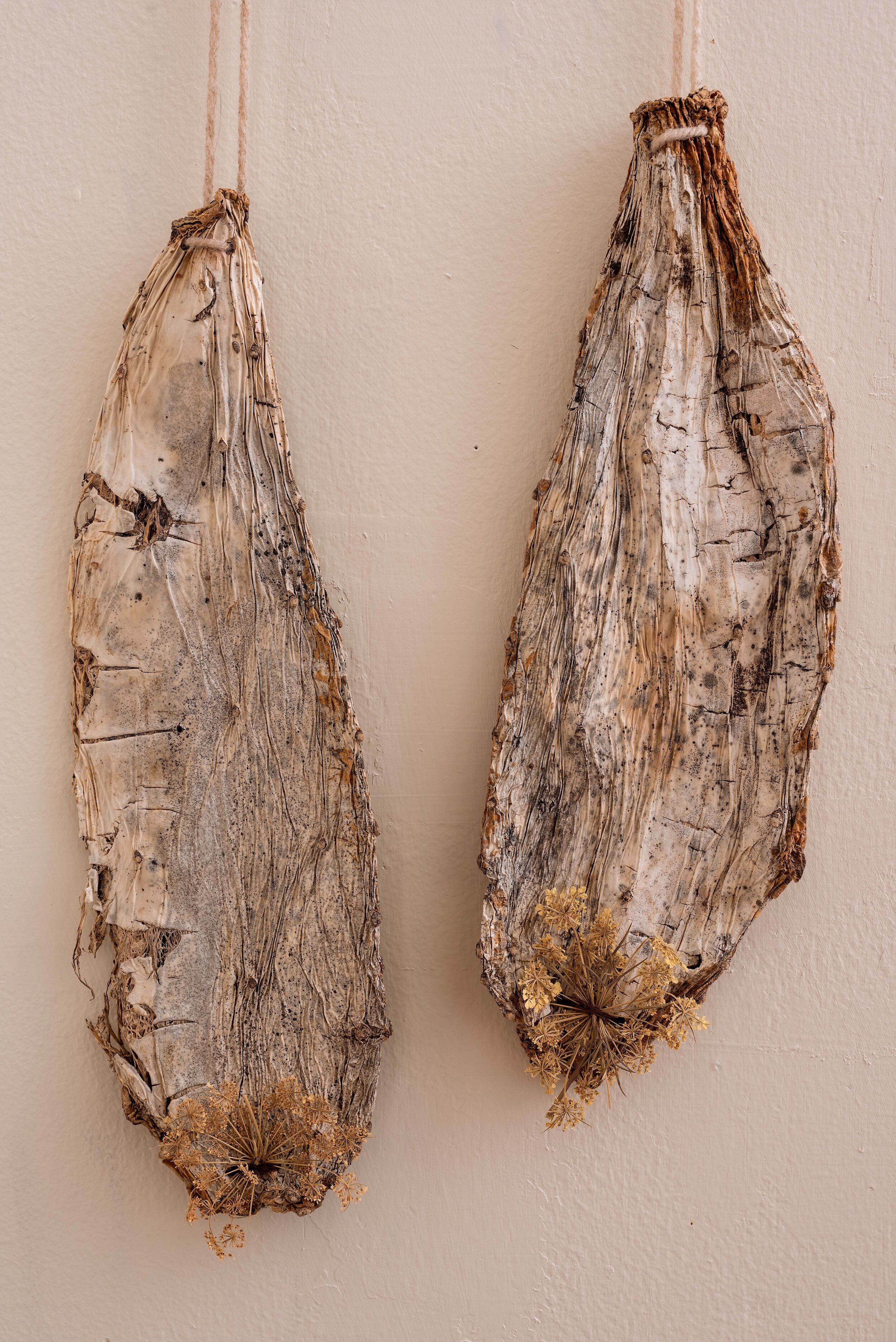
Post Reproductive Breasts Sprouting Queen Anne’s Lace
This suite of eight pairs of post-reproductive breasts builds on the Second Spring series of drawings which elucidate the shifting interior terrains in the post-reproductive female body. As I continue exploring ageing from the perspective of a woman, these images reference sagging breasts in the older female body, a time in our lives when we can choose to see ourselves more clearly.

(bush) Tea Plots - A Decolonial Patch
As this COVID-19 moment forces us to rethink sustainable futures in the context of small nations, how might we reconsider the potential of wild botanicals, often disregarded as roadside weeds to be sprayed with pesticides? The local slow food movement in Barbados, for example, is noticing a trend in some of our chefs who envision inventive ways to include some of these wild plants into their menus; organic farmers sell Amaranth, pussley and fat pork at Cheapside market. Is this an example of a post-plantation economy whereby historically fatigued landscapes might become sites of genesis and regeneration? Uncultivated botanical growth may offer counterpoints to plantations as fixed sites of trauma, violence, and exclusivity, allowing reconciliation with the land and the virtual slaughterhouse that lies below it.

Archaeology below the Cliff
A detail from the 2014 work, Saccharum officinarum; Queen Anne's Lace is on the cover of this first book-length archaeological study of a non elite white population on a Caribbean plantation. Archaeology below the Cliff: Race, Class, and Redlegs in Barbadian Sugar Society, is written by Matthew C. Reilly, assistant professor of anthropology at the City College of New York and a collaborator with Annalee Davis on the Unearthing Voices interdisciplinary project.
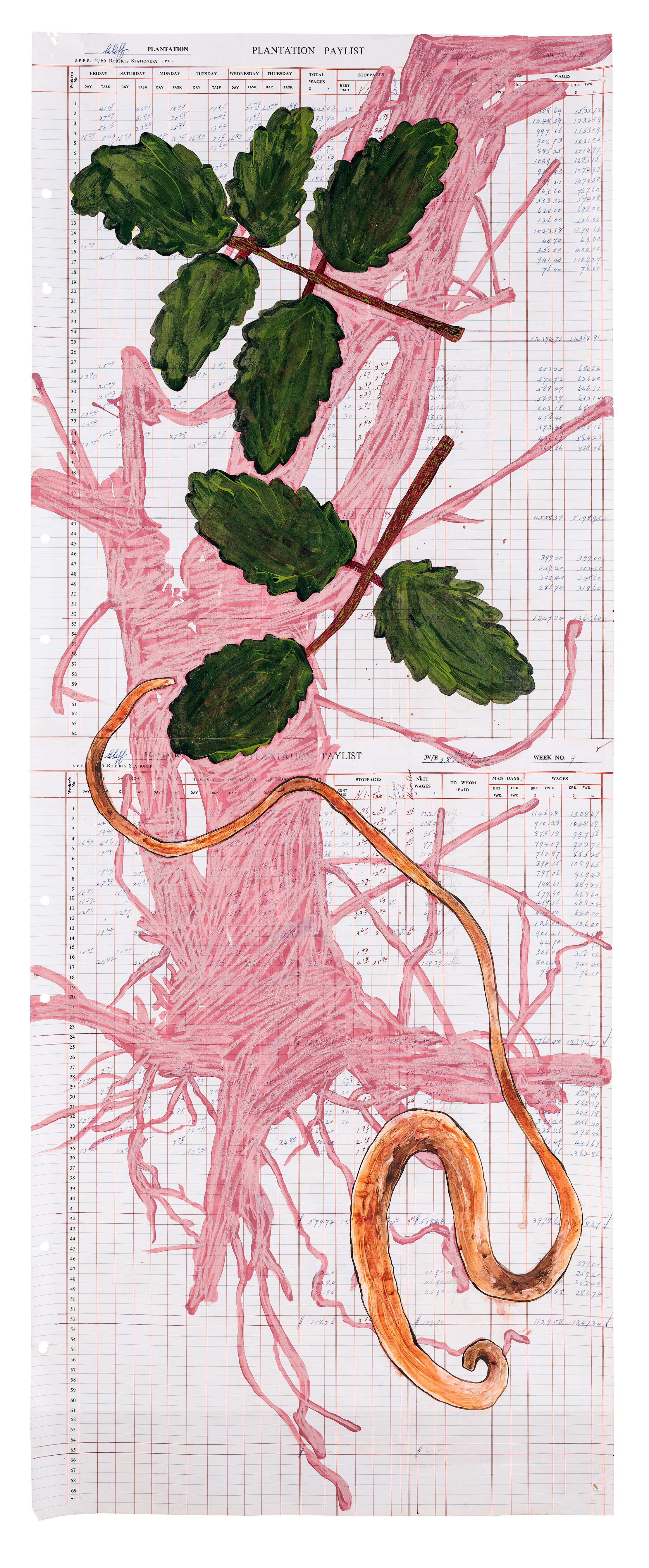
As if the Entanglement of our Lives Did Not Matter
We are contaminated by our encounters; they change who we are as we make way for others. Everyone carries a history of contamination; purity is not an option. (pp. 27)
The evolution of our “selves” is already polluted by histories of encounter. (pp.29)
—Anna Lowenhaupt Tsing (The Mushroom at the End of the World - On The Possibility of Life in Capitalist Ruin, 2015)

In Defense of Beauty
In Defense of Beauty is a suite of six drawings on 1970s and 1980s plantation ledger pages. Created with latex paint, pencil and, in some cases, gold leaf, depictions of distorted shadows cast by pieces of crochet meander across the neatly delineated rows and columns of the plantation pay list. Suggesting alternative landscapes or floating archipelagos, pieces of eighteenth and nineteenth century porcelain and clay sherds unearthed from former plantation fields infer a fragmented history replete with inconsistencies and fissures.

Reading the Plantation Landscape of Barbados: Kamau Brathwaite’s The Namsetoura Papers and Annalee Davis’s This Ground Beneath My Feet: A Chorus of Bush in Rab Lands
and I bent down
listening to the land
and all I heard was tongueless whispering
as if some buried slave wanted to speak again
—Martin Carter
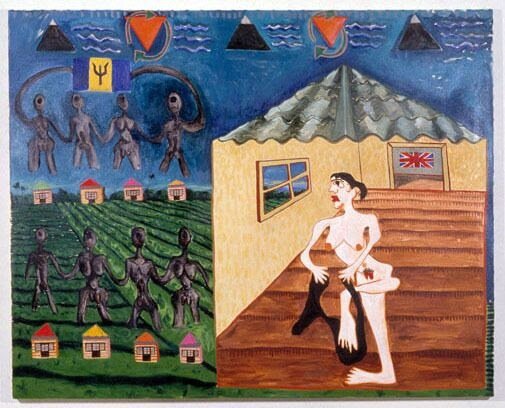
Annalee Davis Uses Art to Unearth and Interrogate
For Annalee Davis, the land, especially the island of Barbados, is often a baseline issue in her work; as are issues of race, class and gender. This might be so because she was born into a large white creole family of five children on a sugar cane estate in Barbados.

Annalee Davis’ (bush) Tea Services: Botanical Inheritances
Janice Cheddie shares a review of ‘(bush) Tea Services’, an installation and performance piece by Barbadian artist Annalee Davis. The project, which explores the multi-layered and complex history of the plantation in the Caribbean, took place in July/August 2016 as part of the temporary Empire Remains Shop in London, curated by artists and curators Cooking Sections. Read her article exclusively on ARC below:
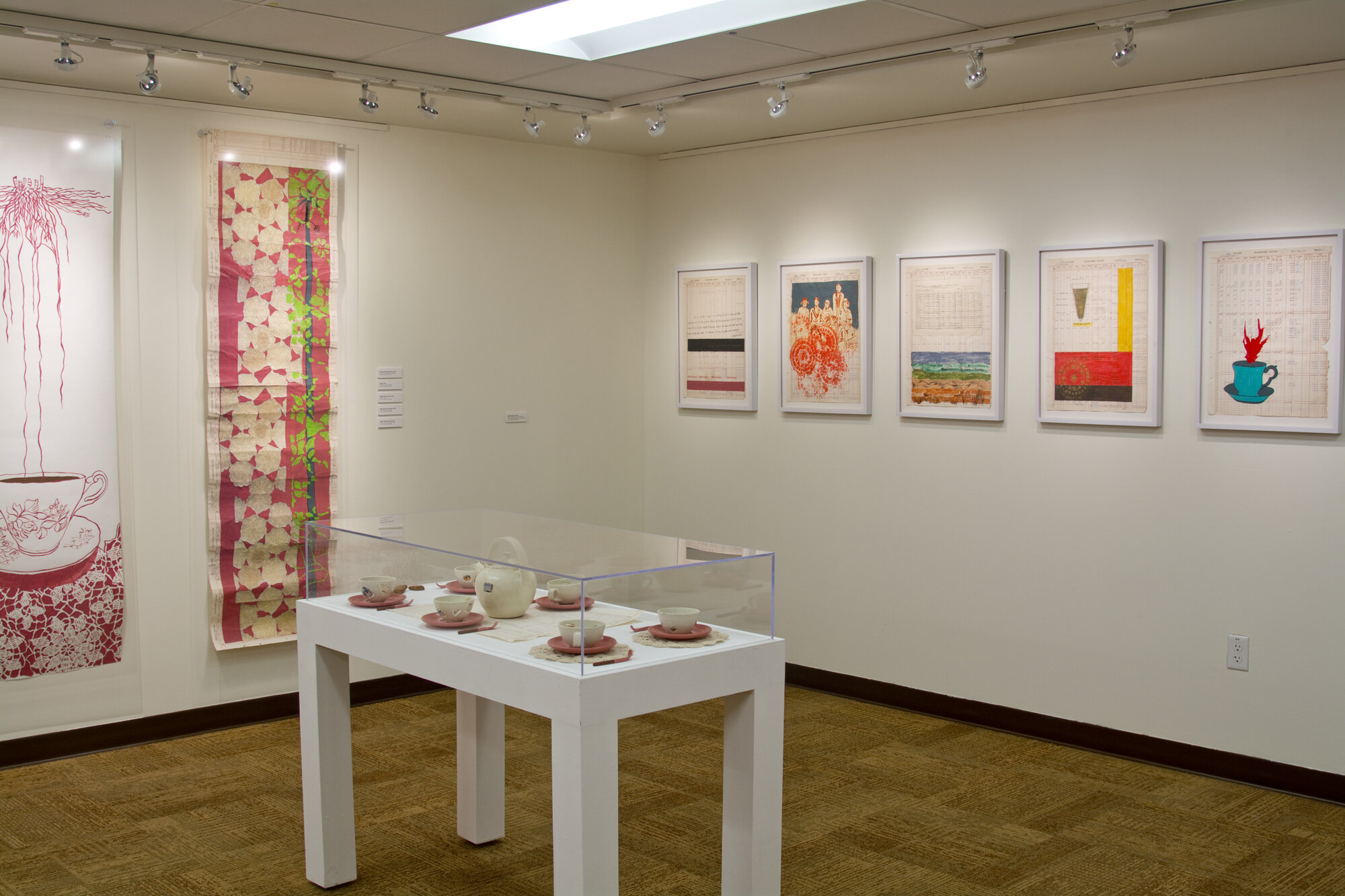
This Ground Beneath My Feet – A Chorus of Bush in Rab Lands
Solo Exhibition | This Ground Beneath My Feet - A Chorus of Bush in Rab Lands, The Idea Lab, The Warfield Center, The University of Texas, Austin, USA. Curated by Holly Bynoe. September - December 2016 - February 2017

Champagne Tastes And Mauby Pockets?
We had wanted something more than what the plantation had enabled, and we had wanted to make the road by walking even though we made lots of mistakes along the way.
(Honor Ford-Smith, 2015)

The Dark Domain
Sweeping the Fields is an act of remembering and of cleansing; a contemporary gesture to history's groan which acknowledge the possibility of an emerging post-plantation apothecary. The action of sweeping, documented through a suite of photographs, developed out of my walking the fields on Walkers Dairy farm in Barbados, where I live and work.

Archipelagic Affinities in an Ocean of Shifting Tides
“In its first three years, the Davidoff Art Initiative program has embraced the regional network of Caribbean artists and provided new opportunities for those committed to Caribbean art to come together and develop their work.”
–caryl* ivrisse crochemar
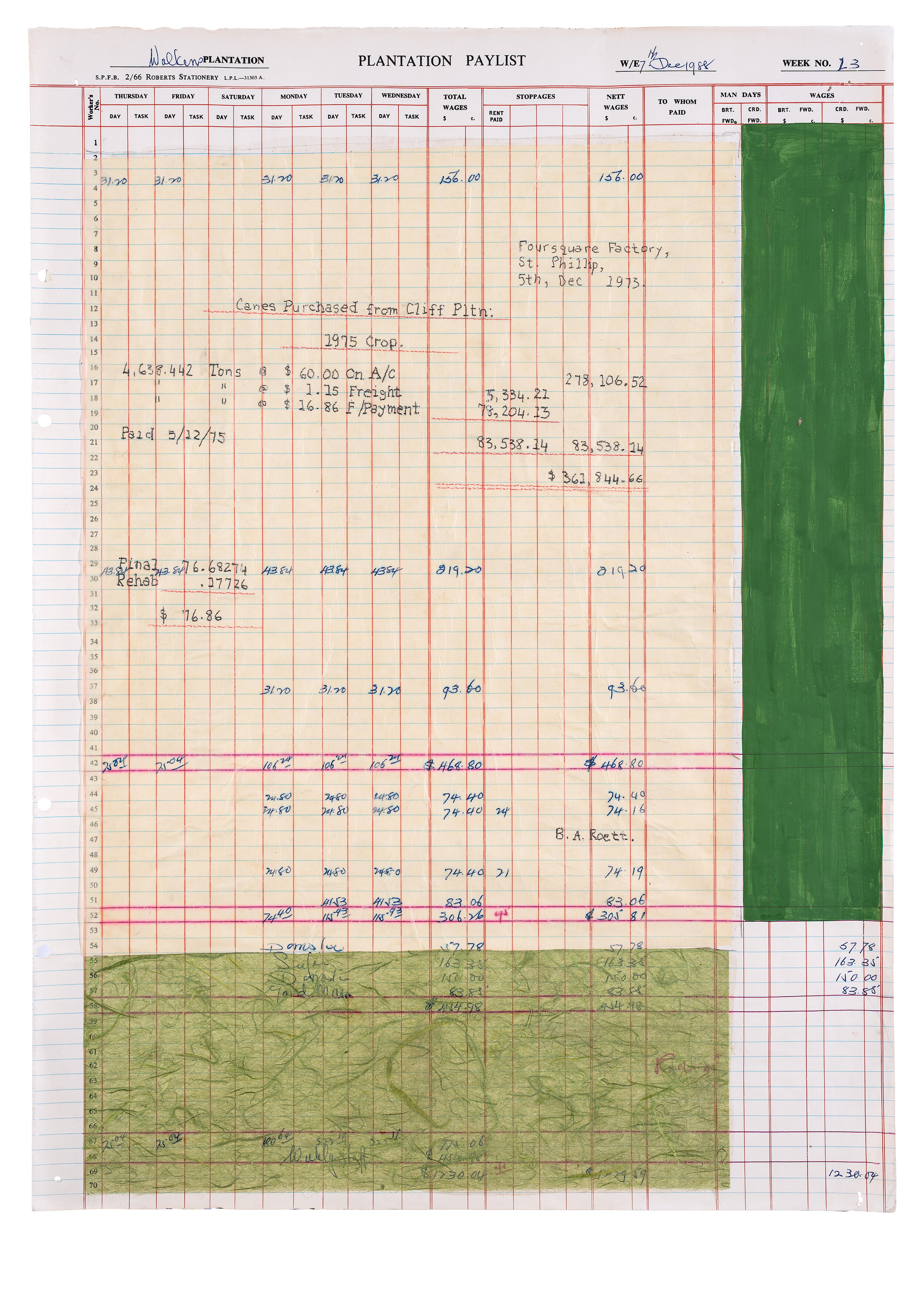
Ledger Drawings
The substrate for these drawings is the plantation ledger page. Countering the conventional daily logging of economic plantation activity, I inscribe other images offering alternative ways of reading the site where I live and work. My attempt to decolonise the ledger by repopulating and complicating these ledgers is a kind of civic negotiation, exposing gaps in Barbados’ plantation history buried in the soil, in the public imaginary and inadequately documented in the archives.

Wild Plant Series
This 2016 series of drawings functions as graphic interventions into 1970s ledger pages, the substrate designed to log economic activity on the plantation. Data entered into ledger pages comprised registering wages, field activity and rent rolls as well as measuring rainfall and the signing out of agricultural implements to plantation labourers.
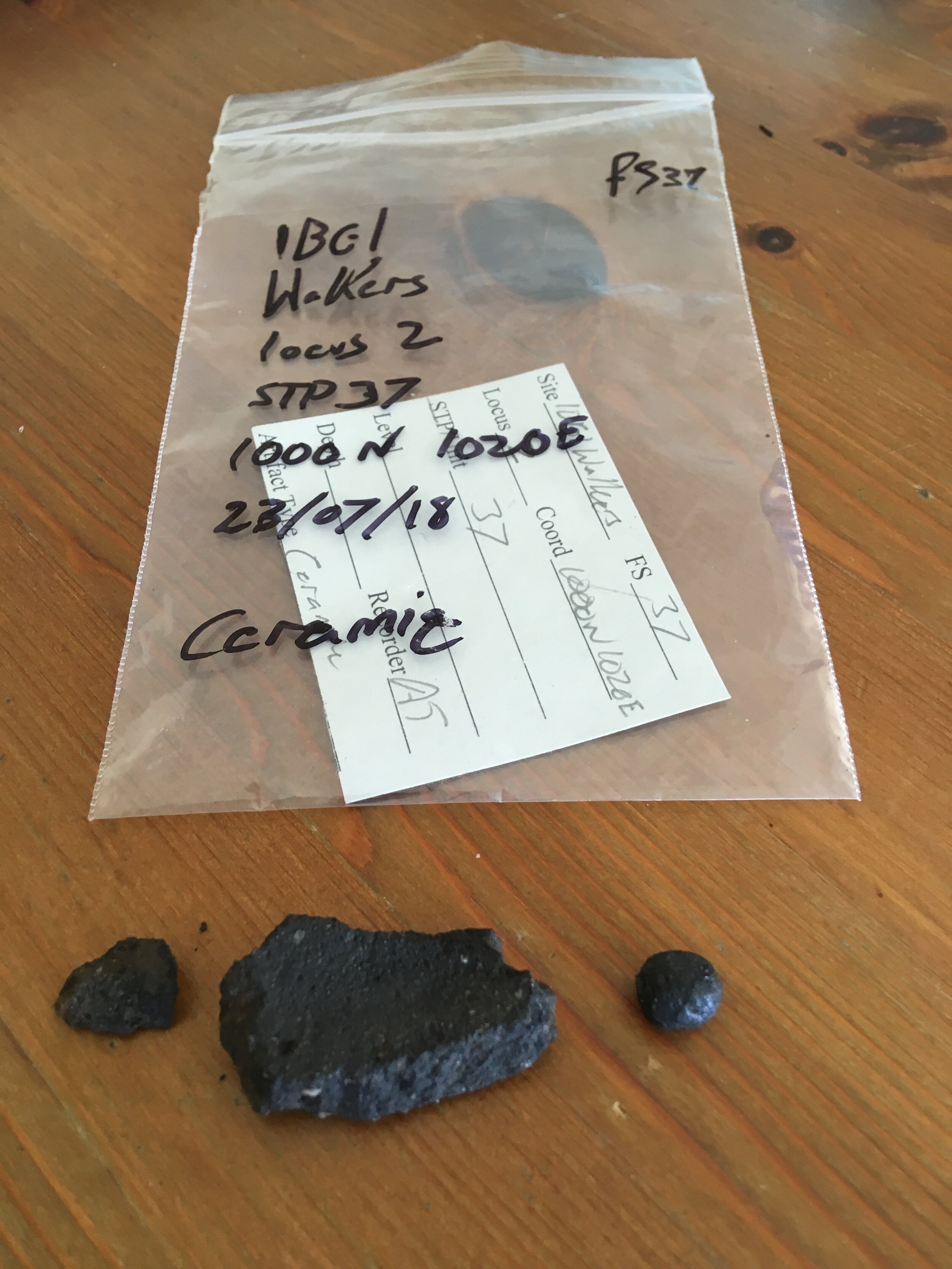
Unearthing Voices
For several years, I have been collaborating with archaeologist Dr. Matthew Reilly (CUNY, USA), on an interdisciplinary project called Unearthing Voices. This collaboration links archaeology, heritage studies, and contemporary art practice to explore the material heritage of Barbados as well as emerging responses of a community engaging with that heritage.
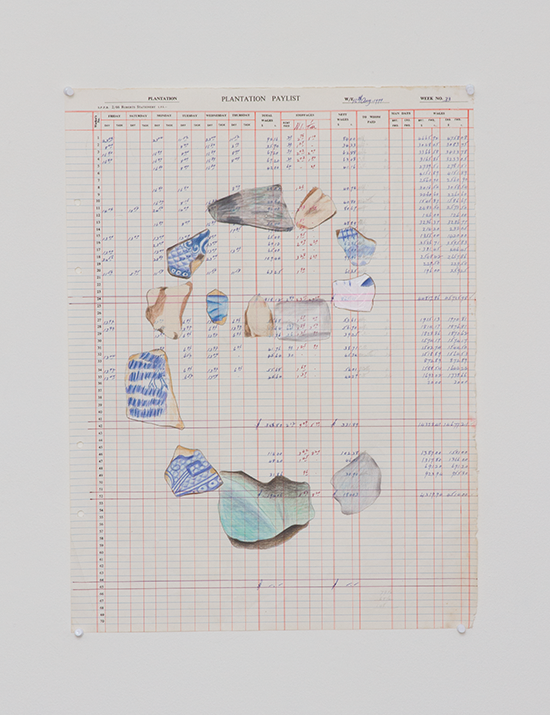
F is for Frances
The last will and testament of Thomas Applewhaite written in August 1816, directed that six years after his death his “little favourite Girl Slave named Frances shall be manumitted and set free from all and all manner of Servitude and slavery whatsoever.”

(bush) Tea Services
The tea service was made in collaboration with master potter Hamilton Wiltshire, using local red clay from the Scotland District on the East Coast of Barbados. Davis’ (bush) tea, was harvested from former sugarcane fields and rab lands from which she has served cerasee bush tea, bay leaf tea and blue vervain tea amongst others.

Sweeping the Fields
Sweeping the Fields is an act of remembering and of cleansing; a contemporary gesture to history’s groan which acknowledges the possibility of an emerging post-plantation apothecary. The action of sweeping, documented through a suite of photographs, developed out of my walking the fields on Walkers dairy farm in Barbados, where I live and work.
Self-recognition: The Shock of Seeing Yourself in the Mirror
Annalee Davis, co-organizer of Caribbean Linked III as the Director of the Fresh Milk Art Platform Inc. alongside Ateliers ’89 and ARC Magazine, reports from this year’s programme in Aruba. As a long-time dream of Davis’, the realization of a regional residency that offers a thriving environment for Caribbean artists to meet, bond and recognize themselves in one other across cultural and linguistic boundaries is a beautiful thing, but it also allows for serious contemplation on the issues our islands face, offering a chance to create meaningful work around these challenges.
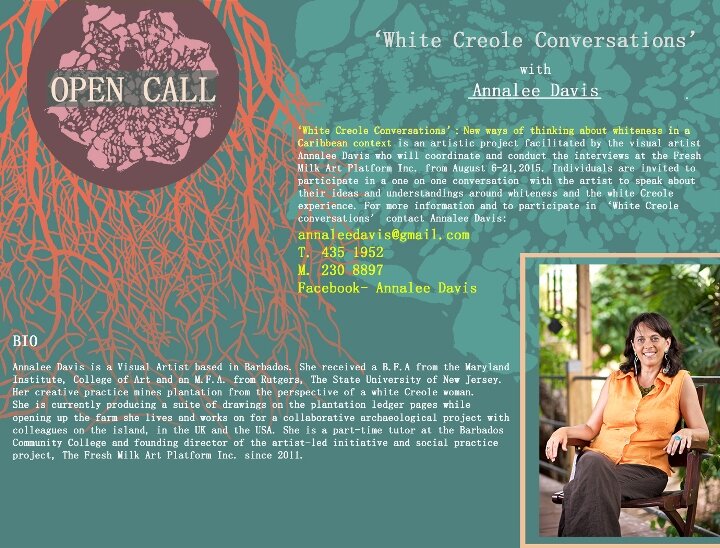
White Creole Conversations
The white Creole Caribbean voice has largely been silent or mis/understood in ways that suggest that the white community is monolithic, timeless, and homogenous. The context for this project is the small island of Barbados, where despite its diverse population, social life and kinship are predominantly lived in subtly separate racial spheres.